The Top Things to Do in Lhasa
Lhasa, the capital of the Tibet Autonomous Region of China, serves as the political, economic, cultural, scientific, and tourism center of Tibet. Nestled on the Tibetan plateau and surrounded by the majestic Himalayan mountains, Lhasa boasts a rich history spanning over 1,300 years, making it a treasure trove of cultural relics. In this article, we present some must-see attractions in Lhasa to ensure that your visit is truly unforgettable.

1. Visit the Potala Palace
Located on Red Mountain in central Lhasa, the Potala Palace is one of Tibet's most iconic landmarks. Originally built by King Songtsen Gampo in the 7th century, this stunning palace symbolizes the city itself. Comprising both white and red sections, the Potala Palace features over a thousand rooms filled with priceless relics that showcase Tibetan culture and heritage. The tomb of the 5th Dalai Lama is particularly remarkable. As many areas are not open to the public, visitors are required to follow designated routes, and photography is prohibited inside the palace.
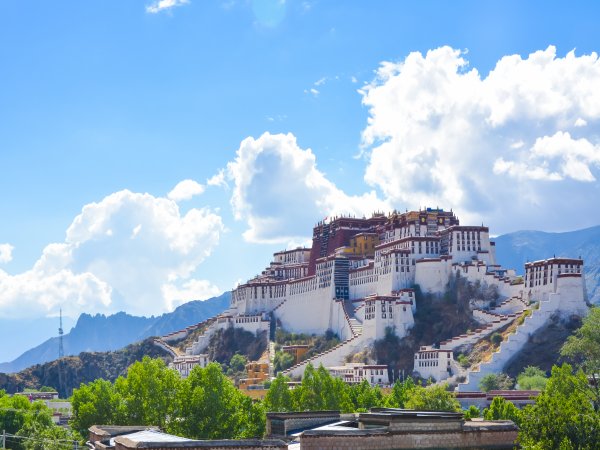
2. Seek Spiritual Peace at Jokhang Temple
Jokhang Temple is the most revered Buddhist temple in Lhasa and serves as the spiritual heart of the city. Recognized as a UNESCO World Heritage Site alongside the Potala Palace and Norbulingka Palace, Jokhang was constructed in 647 AD by Songtsen Gampo. The temple features a four-story structure with roofs adorned with gilded bronze tiles. Its architectural style blends Indian vihara design with Nepalese and Tang dynasty influences. Statues of golden deer flanking a dharma wheel grace the roof. As a major pilgrimage site, many Tibetans can be seen prostrating and praying in front of the temple, while the interior is filled with monks chanting and travelers exploring.

3. Explore Norbulingka Palace
Located in the western suburbs of Lhasa, Norbulingka Palace was built in the 1740s by the 7th Dalai Lama. Known as both Norbulingka Palace and Norbulingka Park, this site is sometimes referred to as the "Botanical Garden of the Plateau" due to its collection of over 100 rare plant species from the Himalayas and around the world. Spanning 3.6 million square meters, Norbulingka is also home to exquisite buildings and numerous historical relics. Visitors can enjoy the rich Tibetan culture while strolling through this beautiful garden.

4. Watch Monks’ Debating at Sera Monastery
Sera Monastery, one of the "Three Great Monasteries" of the Gelug University of Tibet, is located just 2 kilometers north of Lhasa. The monastery is named after the wild roses that grow in the area. One of the highlights of a visit to Sera Monastery is watching the lively debates among the monks in the shaded courtyard behind the main temple. Every day, hundreds of red-robed monks gather in small groups to practice their debating skills, making for a fascinating and energetic spectacle.
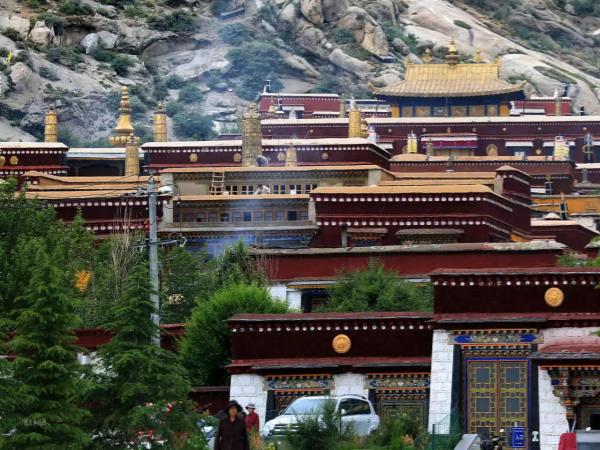
5. Appreciate Lake Yamdrok
Yamdrok Lake, also known as Yamdrok Tso, is one of the three largest sacred lakes in Tibet. Covering an area of 638 square kilometers and stretching over 72 kilometers, the lake is surrounded by snow-capped mountains and fed by numerous streams. According to local mythology, Lake Yamdrok is said to be the transformation of a goddess. Its ever-changing shades of blue, reminiscent of a sapphire, create a breathtaking sight that captivates all who visit. On the map, Yamdrok resembles a goat standing among the mountains, enhancing its allure as one of the top destinations in Lhasa.
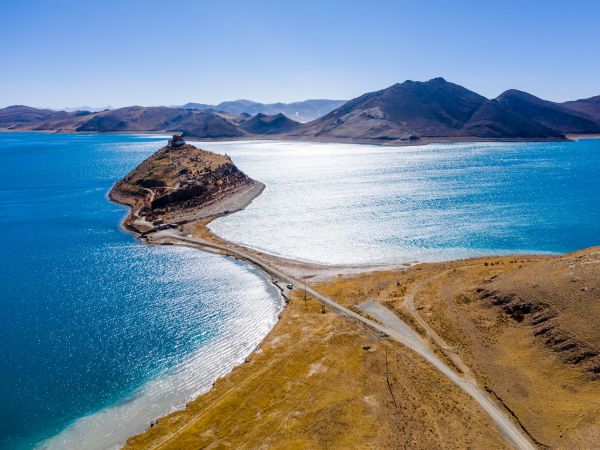
6. Stroll Down Barkhor Street
Barkhor Street is a bustling market and sacred pilgrimage route that offers a unique glimpse into local culture and traditions. Lined with over 120 craft shops and more than 200 street stalls, it’s the perfect place to shop for souvenirs. Visitors can find a variety of Tibetan items, from bags of incense and yak butter to traditional monk robes. A stroll along Barkhor Street is a delightful way to immerse yourself in the vibrant atmosphere of Lhasa.
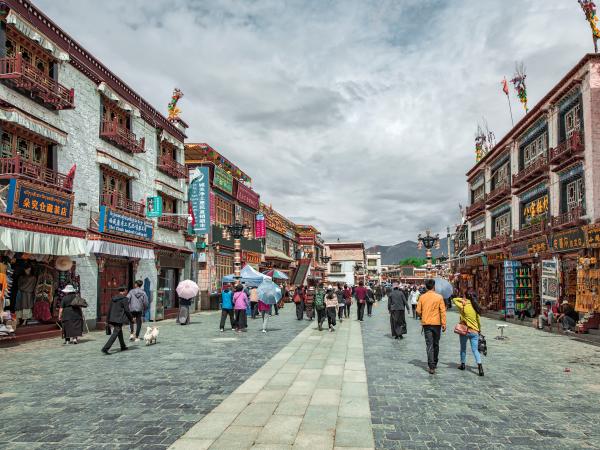
7. Try Traditional Tibetan Foods
Tibetan cuisine, influenced by both Tibetan and Sichuan flavors, is hearty and nutritious, designed to warm the body in the high-altitude environment. A staple food is tsampa, or roasted barley flour, often consumed with butter and tea for easier swallowing. Yak meat is also popular among locals and visitors alike. Lhasa offers a variety of delicious snacks, including sweet tea, yogurt, Tibetan noodles, and barley wine.
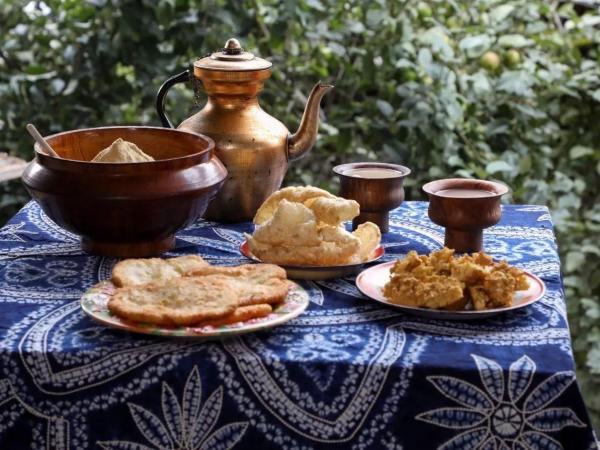
8. Enjoy Sweet Tea or Butter Tea
Sweet tea plays a significant role in daily life in Lhasa, with tea houses found on nearly every corner. Made from black tea, milk or milk powder, and sugar, this sweet and nutritious beverage is perfect for warming up and alleviating altitude sickness. Alternatively, you can try butter tea, a rich drink made with tea, butter, and salt. While it’s an excellent source of warmth, its unique flavor may not appeal to everyone.
Lhasa is a city that seamlessly blends spirituality, history, and natural beauty, making it a unique destination for all travelers. Whether you're exploring ancient temples, savoring traditional foods, or simply taking in the breathtaking landscapes, your time in Lhasa is sure to be memorable.

















